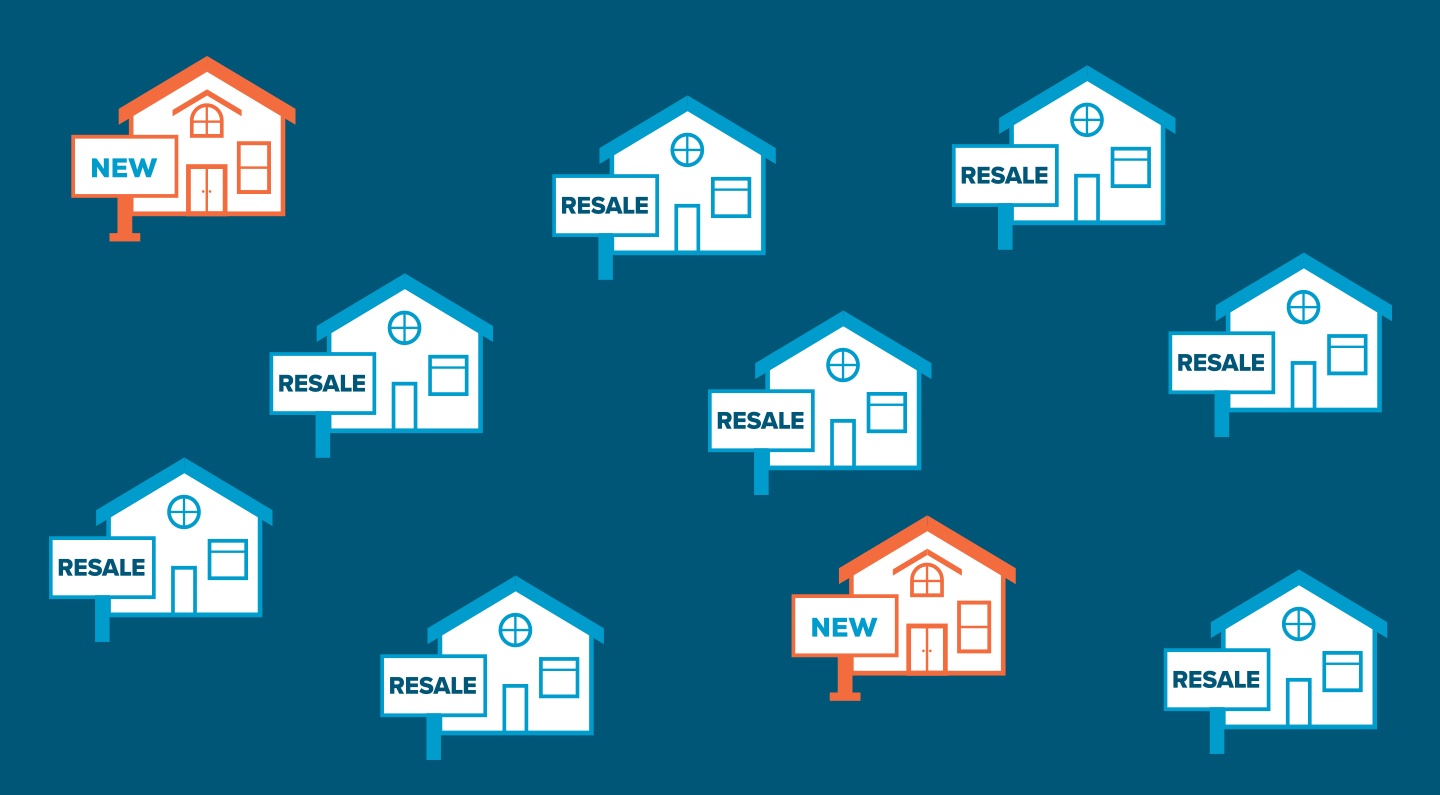How’s It Going? — An Introduction to Conversational Copywriting (And What Makes It So Effective)
Hey.
How’s it going?
We’re doing fine, but it’s been too long since we had a little chat.
What’s that? You want to know why we’re writing like this. . . so conversationally?
Well, this is the introduction to our blog about conversational copywriting, so it just made sense.
We’re hooking you in with short sentences, easy messages, and a gentle flow of ideas—just like we’re talking to you.
We’re asking the right number of questions, making fun observations (like that all the sentences so far have either started with H or W words—what’s up with that‽), and connecting with you in a one-sided dialog that feels two-sided.
Conversational copywriting can be very compelling, but it isn’t always easy. Let’s explore it a little deeper and give you some tips on how to make engaging conversations transform into effective conversions.
Conversations tell stories
Just like those three words in the subheading prophesied: conversations tell stories. And stories, it turns out, are very important not only to good marketing, but also for the very preservation of your own life!
To explain, let’s rewind time to when you were first born. You didn’t know anything (not an insult, you just hadn’t learned yet). What your brain did to make sense of the world—and your place in it—is create stories. Sometimes those stories were right and sometimes they changed, but they were stories, nonetheless.
The stories our brain tells itself help us remember patterns: language, cause-and-effect scenarios, what things pushed our brother’s buttons so we could get him in trouble during family car trips, and other things valuable for our survival. The more we tell these stories, the more connections are made in our brains surrounding them. The more connections, the better we remember. The better we remember, the more we learn. The more we learn, the better we feel (so eat your beans with every meal). Sorry. Moving on. . .
The same goes with conversational copywriting. We tell stories because stories are easier for an audience to remember. Neuroscientist Dr. Uri Hasson presents some outstanding evidence in this Ted Talk. He found that when you tell a story, your audience’s brain patterns synchronize with your own in a Star Trek-sounding process called neural entrainment. It goes a step further, because if your audience tells the story to someone else, that someone else’s brain patterns synchronize too. And any time any of you tell the story, your brain patterns match the pattern of the original teller.
But wait, there’s one more thing. Dr. Hasson’s team found “. . . the stronger the similarity between the listener’s brain and the speaker’s brain, the better the communication.” So, by using a more conversational tone (which is easier to understand and create brain similarities), your story forms a stronger bond inside your audiences’ brains (and your message better penetrates their gray matter).
Conversational copywriting tips
This isn’t an absolute guide in how to write conversational copywriting because conversation is fluid, and its style depends heavily on who you’re talking to. So, we’re just giving you some tips that will hopefully make it easier to capitalize on conversating.
1. Avoid third person
Third person (he, she, them) is often used in marketing copywriting. It sounds fancy and more “professional” to some. But, upon closer investigation, using third person is just silly. You don’t want your audience to imagine someone else using your product—you want them to imagine themselves using your product. And by using first person plural (we, us), you are engaging your audience from the very start. You and your audience aren’t separate, but rather are part of a team working towards a shared goal. In other words, you’re talking to them and not at them.
2. Use contractions
Businesspeople do not seem to like using contractions. Perhaps, it is because they do not want to seem like they are shortchanging their message? We don’t even know if that makes sense (we just wanted to write some examples where contractions would be easier to read). Conversational copywriting is about not wasting your (the reader’s) time, and one of the easiest ways to remove time-wasters is with contractions. Besides, most people use contractions in everyday communication, which by definition is what conversational copywriting is aiming for.
3. Play with the rules
Grammar, punctuation, and spelling help us make sure our messages are clear. Shared rules of language are what allow us to properly communicate, but they have been constantly evolving because language itself is constantly evolving. For a quick example, take the color orange. It didn’t exist in the European vocabulary until the fruit became more wide-spread and popular. Before then, the color was often called yellow-red (ġeolurēad in Old English). In short (too late), every rule in grammar, spelling, and punctuation can always be flexed or ignored so long as it doesn’t get in the way of clearly communicating your message. Like the previous section which ended on a preposition, if it sounds more conversational—it’s okay.
4. KISC (Keep It Simple, Copywriter!)
Simple, short sentences are key. They are quick to read. And, they are easy to remember. Experts say your word choices and sentences should be able to be understood by a third grader. They have the data to back this up too. One study found a 36% lift in email response rates when writing to a third-grade level compared to writing to a college level. Shoehorning it in here because it’s from that same study, but asking questions is also important—just not too many. Asking 1-3 questions in an email (we asked 3 in the opening, not counting the phase ending in the interrobang) gets 50% more response than emails without questions. Who’da thunk it‽
5. Add humor
Like the opening number to Singin’ in the Rain says, “Make ‘Em Laugh.” That reference may be quite dated for most of us, but the sentiment is still true. Well-placed, timeless, and (we can’t stress this enough) appropriate humor can do wonders for conversational copywriting. Citing many other studies, The Effectiveness of Humor in Advertising finds that humor enhances audience attention and mood, which, in turn, boosts their memory of your message. By making them giggle, chortle, or LOL, humor has a positive affect over your audience’s attitude towards your marketing and your brand.
6. Reference pop culture for relevant copywriting
Pop culture consists of touchpoints in a shared experience. They are the things you talk about at the water cooler, argue about online, and write fanfic in the privacy of your own home (we won’t tell). As culturally shared elements, referencing them already provides a level of common ground between you and your audience. Just make sure that your pop culture references don’t detract or date your message. Kinda like that Singin’ in the Rain reference we used in #5—we might have gone back a few decades too far.
7. Be transparent
One of the nicest things you can do with conversational copywriting is pull back the curtain. Remove the pretense of marketing and just talk to your audience as if you were standing right beside them having, you know, a conversation. It’s a natural way of showing your cards and saying, “Hey, audience—we trust you enough to drop our marketing façade and tell it like it is.” And what do you get in return? You get trust right back. Transparency builds trust. And when your audience trusts your message, they spread your message.
8. Tell stories
As stated before, conversations tell stories. So, involve your audience in your story. Spin a tale where they want your product, where they need your product. Heck, it might even work to tell a story that imagines they are your product. Your stories, with proper repetition, will embed themselves into the minds of your audience. Your stories will set up shop and connect the right brain bits. Then, when those brain bits need a solution, they’ll think of your brand first.
Because you’ve used simple sentences and delicious wordplay, your audience will understand your message. Because your stories have been told in a conversational and transparent way, your audience will trust your message. Because you reference pop culture with just the right sprinkle of humor, your customers will relate to and remember your message. By using conversational copywriting to its fullest, your customers will feel involved in your marketing and they will respond. So, to end where we started, “How’s it going?”









